

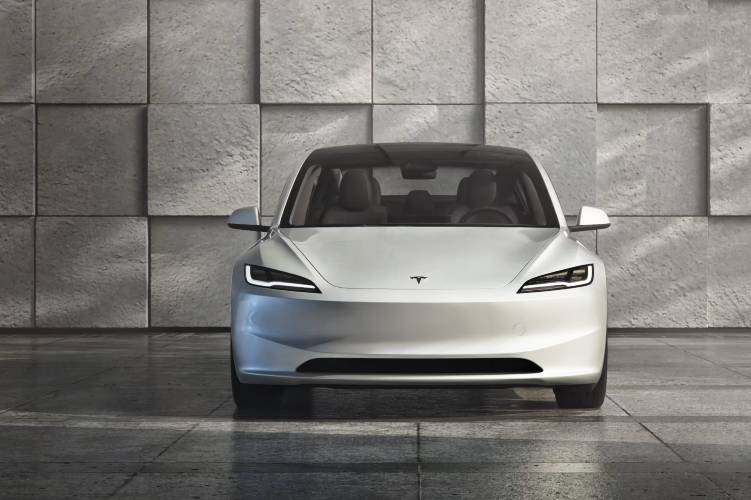
The automotive landscape witnessed a seismic shift in 2024 as electric vehicles (EVs) continued their ascent, capturing an unprecedented 8.1% of new car sales in the United States. This milestone year saw EV purchases soar to a record-breaking 1.3 million units, marking a 7.3% increase from the previous year. Despite talks of a potential slowdown, the electrification of America's roads charged forward, driven by a perfect storm of innovative products, attractive incentives, and growing consumer interest in sustainable transportation.
As we delve into the electrifying world of 2024's best-selling EVs, we'll explore the market leaders, emerging contenders, and the factors that shaped this transformative year in automotive history. From established giants to newcomers making waves, the EV market of 2024 was a testament to the industry's rapid evolution and the changing preferences of American drivers.
The electric vehicle sector experienced a year of both challenges and triumphs in 2024. While growth rates moderated compared to the explosive expansion seen in previous years, the overall trajectory remained decidedly upward. The fourth quarter proved particularly robust, with EV sales surging 15.2% year-over-year, culminating in a new quarterly record of 365,824 units sold.
This growth was fueled by a combination of factors, including:
Despite these positive trends, the market also saw some notable shifts. Tesla, long the undisputed leader in the EV space, faced increasing competition and saw its market share decline. Meanwhile, traditional automakers like General Motors and Honda made significant strides, collectively adding nearly 80,000 more EV sales compared to the previous year.
The diversity of available models also expanded, with 68 mainstream EV options tracked by industry analysts. Of these, 24 models posted year-over-year sales increases, 17 were new entrants to the market, and 27 experienced declines in volume, including some models being phased out.
Despite facing stiffer competition and experiencing a decline in overall sales volume, Tesla managed to retain its crown as the leading EV manufacturer in the United States. The company's market share, while diminished, still accounted for a substantial portion of all EV sales in 2024.
The Tesla Model Y continued its reign as the best-selling electric vehicle, followed closely by its sibling, the Model 3. Together, these two models represented over 40% of all EVs sold in the country during 2024. However, both vehicles saw notable sales declines compared to the previous year, indicating a maturing market and increased competition.
Several factors contributed to Tesla's changing fortunes:
Despite these headwinds, Tesla's brand recognition and established charging network continued to provide significant advantages. The company also saw a boost from the highly anticipated launch of the Cybertruck, which managed to secure a spot in the top five best-selling EVs of 2024 despite its late-year release.
Ford Motor Company emerged as a formidable player in the EV market, with two models securing positions in the top ten best-sellers list. The Mustang Mach-E, Ford's electric crossover, claimed the third spot overall and the title of best-selling non-Tesla EV in the United States.
Key factors contributing to the Mach-E's success included:
The Ford F-150 Lightning, the electric version of America's best-selling pickup truck, also made a strong showing, landing in sixth place on the best-sellers list. This achievement was particularly noteworthy given the vehicle's relatively recent introduction to the market and the traditionally conservative nature of truck buyers.
The Lightning's success can be attributed to:
Ford's success in the EV market underscored the potential for traditional automakers to successfully transition their popular models to electric platforms while maintaining brand identity and customer loyalty.
Hyundai Motor Group made significant strides in the EV market in 2024, with the Ioniq 5 securing the fourth position on the best-sellers list. This achievement marked a notable success for the Korean automaker and demonstrated the growing appeal of its electric offerings.
The Ioniq 5's popularity can be attributed to several factors:
Hyundai's success extended beyond the Ioniq 5, with the company reporting increased sales across its EV lineup. This growth was part of a broader strategy to establish Hyundai as a major player in the electric vehicle market, supported by substantial investments in EV technology and production capacity.
The company's commitment to electrification was further evidenced by the strong performance of its other EV models, including the Kona Electric and the newly introduced Ioniq 6 sedan. These vehicles helped solidify Hyundai's position as a serious contender in the increasingly competitive EV landscape.
General Motors (GM) experienced a significant resurgence in the EV market during 2024, with two of its models breaking into the top ten best-sellers list. This marked a turnaround for the American automotive giant, which had previously struggled to gain traction in the electric vehicle segment.
The Chevrolet Equinox EV, an affordable electric crossover, claimed the eighth spot on the best-sellers list. Its success was driven by:
Perhaps even more impressive was the performance of the Cadillac Lyriq, which secured the ninth position. This luxury electric SUV represented GM's commitment to electrifying its premium brands and competed directly with offerings from Tesla and European luxury marques.
Key factors contributing to the Lyriq's success included:
GM's success in 2024 was not limited to these two models. The company also saw increased sales of its other electric offerings, including the GMC Hummer EV and various models under the Chevrolet brand. This comprehensive approach to electrification positioned GM as a major force in the evolving EV market.
One of the most unexpected success stories of 2024 was the Honda Prologue, which claimed the seventh spot on the best-selling EV list despite being a newcomer to the market. This achievement was particularly noteworthy given Honda's relatively late entry into the all-electric segment.
The Prologue's rapid ascent can be attributed to several factors:
Honda's success with the Prologue demonstrated the potential for established automakers to quickly gain market share in the EV segment by leveraging their brand strength and existing customer relationships. The company's partnership with General Motors for the Prologue's underlying platform also highlighted the benefits of collaboration in the rapidly evolving EV market.
The Prologue's success set the stage for Honda's broader electrification strategy, with the company announcing plans for additional EV models in the coming years. This strong start positioned Honda as a serious contender in the electric vehicle space, challenging the notion that only early adopters could succeed in this competitive market.
Rivian, a relatively new entrant in the automotive world, made a significant impact in 2024 with its R1S electric SUV securing the tenth spot on the best-sellers list. This achievement was particularly impressive for a startup competing against established automotive giants.
The R1S's success can be attributed to several factors:
Rivian's success extended beyond the R1S, with the company reporting strong sales for its R1T electric pickup truck as well. The company's focus on the premium adventure vehicle segment allowed it to carve out a niche in the market, appealing to consumers looking for capable and luxurious electric vehicles suited for outdoor activities.
The company's vertical integration strategy, which included developing its own battery technology and manufacturing facilities, helped Rivian maintain control over its production process and quickly respond to market demands. This approach, while challenging, positioned Rivian as a formidable player in the evolving EV landscape.
As EV adoption continued to grow in 2024, the development of charging infrastructure emerged as a critical factor in sustaining this momentum. The year saw significant investments in expanding the network of charging stations across the United States, with both public and private entities contributing to this effort.
Key developments in charging infrastructure included:
Despite these improvements, challenges remained in ensuring equitable access to charging infrastructure, particularly in rural areas and for residents of multi-unit dwellings. The industry also grappled with issues of standardization, with different charging connector types and payment systems creating potential confusion for consumers.
The federal government played a role in addressing these challenges through various initiatives and funding programs aimed at accelerating the deployment of charging infrastructure. These efforts were seen as crucial in supporting the continued growth of EV adoption and addressing range anxiety concerns among potential buyers.
Government policies and incentives continued to play a significant role in shaping the EV market in 2024. The availability of federal tax credits, state-level incentives, and other supportive policies contributed to the strong sales performance of electric vehicles throughout the year.
Key policy developments included:
However, the year also saw some uncertainty regarding the future of these incentives, particularly with the change in presidential administration. This uncertainty may have contributed to the strong sales performance in the fourth quarter, as consumers rushed to take advantage of existing incentives before potential changes.
The interplay between government policies and market forces highlighted the complex landscape in which the EV industry operated. Balancing the need for incentives to drive adoption with the goal of creating a self-sustaining market remained a key challenge for policymakers and industry leaders alike.
As 2024 drew to a close, the outlook for the EV market in the United States remained optimistic. Industry analysts projected continued growth in 2025, with electric vehicles expected to account for nearly 10% of total new car sales.
Factors contributing to this positive outlook included:
However, challenges remained on the horizon. The potential for policy changes under the new administration created some uncertainty, and the industry continued to grapple with supply chain issues and raw material constraints.
Despite these challenges, the momentum behind vehicle electrification appeared unstoppable. With one out of every four vehicles sold expected to be electrified in some way – whether hybrid, plug-in hybrid, or fully electric – the automotive landscape was poised for continued transformation in the years ahead.

The year 2024 marked a significant milestone in the ongoing electric vehicle revolution in the United States. With record-breaking sales, an expanding lineup of compelling models, and growing consumer acceptance, EVs firmly established themselves as a mainstream option in the automotive market.
While Tesla maintained its leadership position, the year saw increased competition from both established automakers and innovative startups. This diversification of the market brought greater choice for consumers and drove advancements in technology and design across the industry.
As we look to the future, the electric vehicle sector appears poised for continued growth and innovation. With ongoing investments in technology, infrastructure, and manufacturing capacity, the dream of widespread EV adoption is becoming an increasingly tangible reality. The electrification of America's roads, once a distant vision, is now charging full speed ahead into a cleaner, more sustainable automotive future.
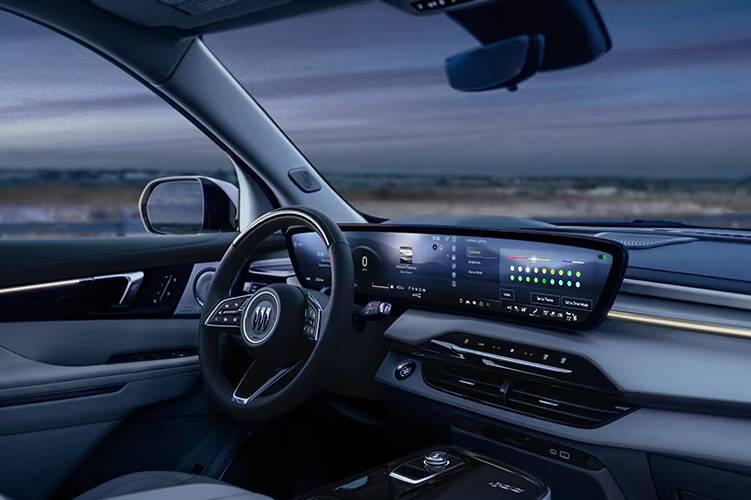
The landscape of in-car technology is on the brink...
October 27, 2024
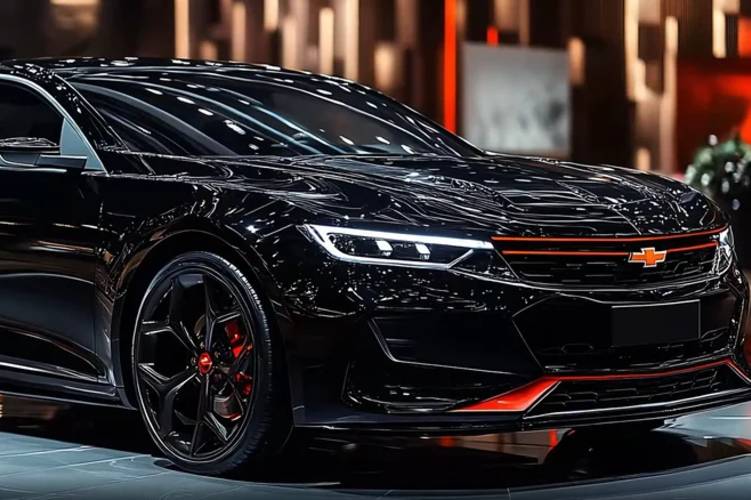
The automotive world is abuzz with excitement as C...
October 27, 2024
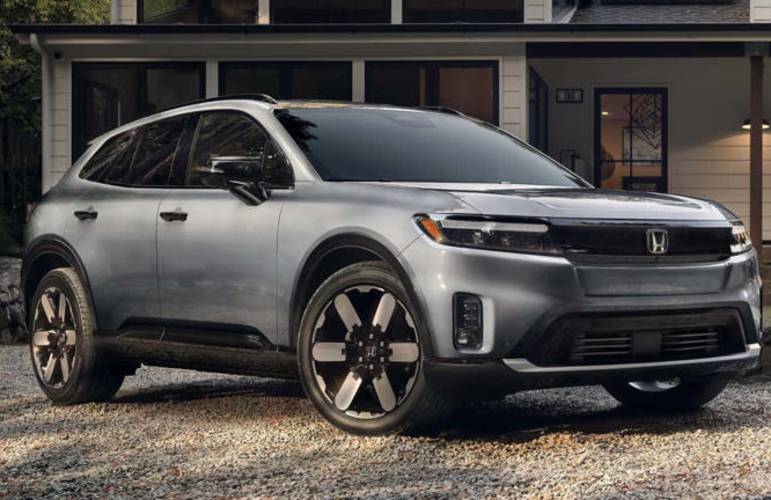
The electric vehicle (EV) landscape is about to un...
October 27, 2024
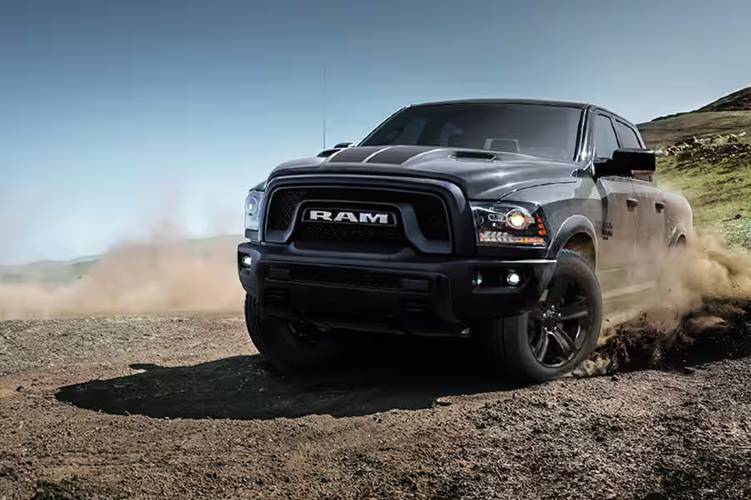
The used truck market can be a complex landscape t...
October 27, 2024
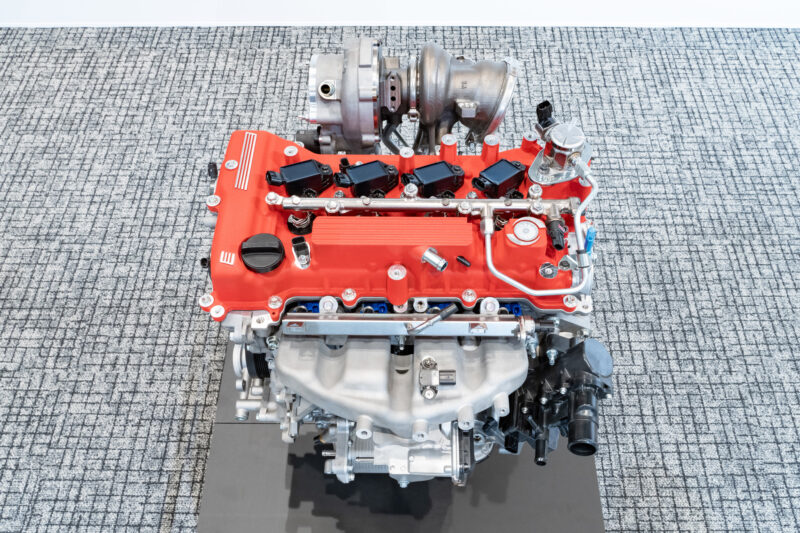
Toyota's latest engineering feat is a 2.0-liter en...
November 07, 2024
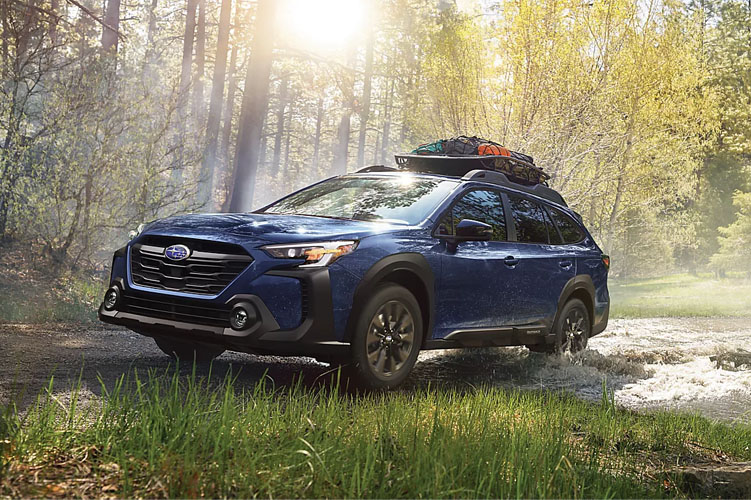
The choice between 4WD and AWD can substantially a...
November 07, 2024
Click to read more ...
Best Dream Car requests your location to offer personalized results and improve your experience.
Would you like to allow location access?